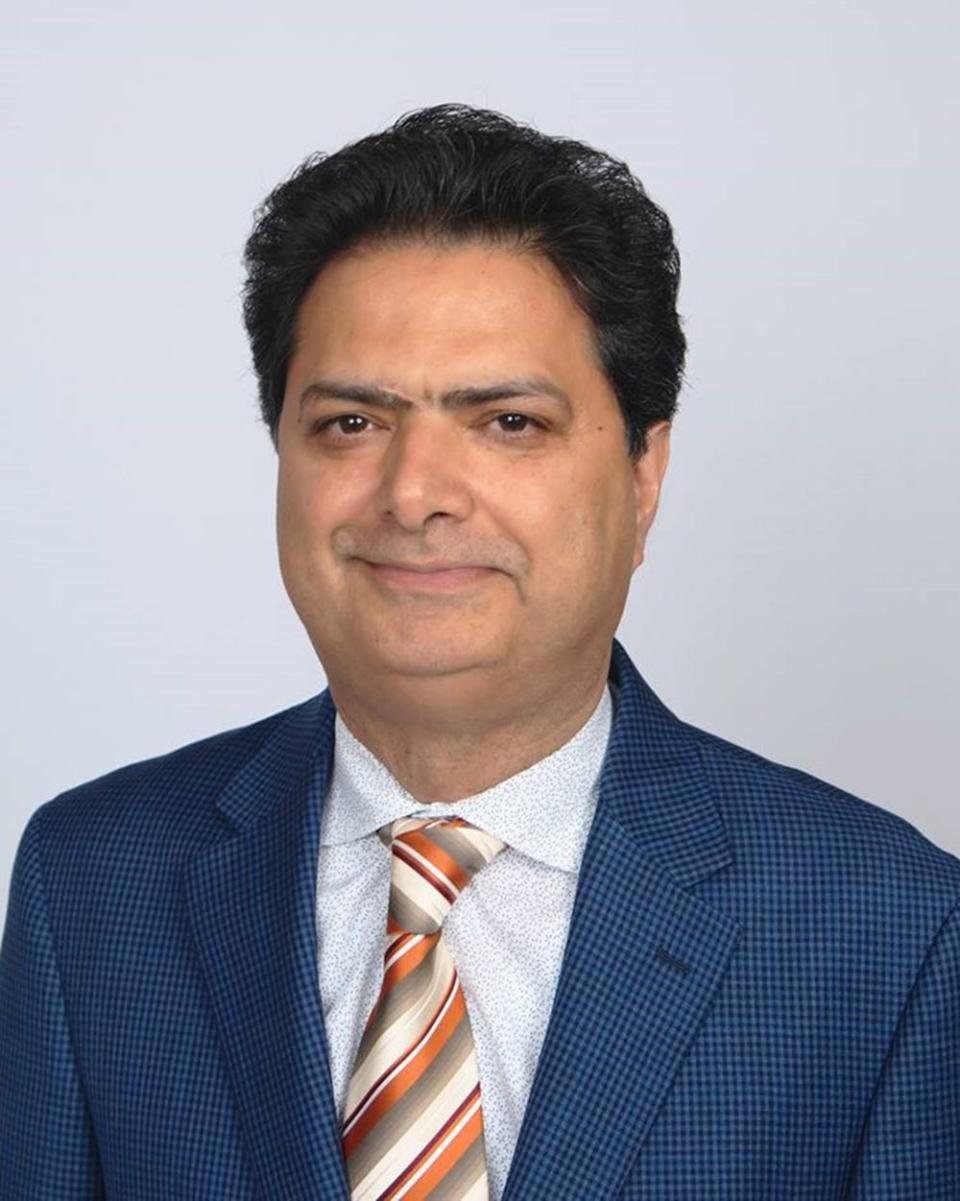Op/Ed: Don't solve doctor shortage by ending collaboration between medical professionals
From infant mortality to smoking rates to diabetes, Hoosiers’ below average rankings on a wide range of public health measures have long been a concern for Indiana physicians and policymakers alike. There are many reasons these measures remain stubbornly low, but one factor is a shortage of doctors, especially in Indiana’s rural areas. In this year’s legislature, multiple proposals seek to address this health care workforce issue. Unfortunately, one of those proposals not only would do little to expand access to care, but, if adopted, threatens to increase the cost of care while worsening patient outcomes.
Proposals in the House and Senate would weaken well established Indiana laws on the scope of medical practice. Supporters argue granting independent practice authority to advanced practice registered nurses (APRNs) can expand access to care in areas where doctors are scarce.
The difficulty of finding health care in many parts of Indiana is real. The U.S. Department of Health and Human Services (HHS) classifies 30 of Indiana’s 92 counties as “physician shortage areas,” defined as fewer than one doctor for every 3,500 people. Another 21 counties plus the city of Gary are rated as shortage areas based on the number of low-income residents or the number of people with high health needs.
Related:Eyeing health care costs, Indiana lawmakers want to ban doctor noncompetes
Nursing groups have argued these gaps can be plugged by ending the requirement that a collaborating physician supervise APRNs when they provide care or write prescriptions. But ending that requirement is unlikely to add a single provider in Winamac, Rochester or North Vernon. Indiana’s health access problem is not just one of numbers, but distribution. As in other states, Indiana’s primary care physicians are disproportionately concentrated in high-population urban areas ― and the same is true of their nurse practitioner partners. All but nine of the counties singled out as shortage areas by HHS are rural, with another five classified as “partially rural.”
Rather than expanding access, eliminating the collaborative relationship between physicians and non-physicians would worsen the quality of care. Physicians enter their health care careers with thousands more hours of clinical training and professional experience, which enables them to make the best medical judgments for their patients without burdening them with costly and unnecessary additional tests or appointments. In states and in federal programs which have eliminated collaboration requirements, studies have found non-physicians more likely to overprescribe opioids, less likely to order recommended preventive exams like mammograms and colonoscopies and more likely to refer patients to specialists or order imaging tests.
Preserving the collaborative relationship now in state law brings benefits for non-physician providers, and, by extension, for patients. Collaboration gives non-physicians access to partner physicians’ expertise in diagnosing and treating complex cases, offering the opportunity for continuous improvement. Nursing groups have contended these consultations are too infrequent to deliver value. If this is the case, the better solution is to expand collaborations, not abandon them.
Op/Ed:Indiana doesn't have enough primary care doctors — nurse practitioners can help
Instead of granting full practice authority to less experienced providers, legislators can make genuine progress on health care access by expanding Indiana’s commitment to the state’s Graduate Medical Education (GME) Fund. Since 2015, the GME program has funded more than 330 new slots for resident physicians, bringing Hoosiers more than 176,000 hours of direct primary care. This year’s state budget allocated $5 million for GME, and increasing that commitment in the new budget would bring more physicians to areas that need them ― nearly 70% of physicians open their practices near where they completed their residencies. Legislators can also improve rural health access and outcomes by funding the Holcomb administration’s proposed new investments in local health departments and community-based health organizations.

Legislators are already considering a $10,000 tax credit to encourage physicians to own their own practices instead of contracting with large health systems. This proposal could be broadened to offer additional incentives for opening practices in areas with limited access to health care. And Indiana could expand an incentive it already offers to physicians, nurse practitioners and other health professionals, forgiving up to $40,000 in student loans if they practice in shortage areas.
Making these investments can bring more physicians to underserved areas without adversely affecting the cost or quality of care. Those goals are best achieved when highly trained physicians work collaboratively with non-physician providers to meet patients’ needs.
Dr. Pardeep Kumar, MBA, is an internal medicine physician in Terre Haute and president of the Indiana State Medical Association.
This article originally appeared on Indianapolis Star: Proposed bills don't solve doctor shortage in rural Indiana

